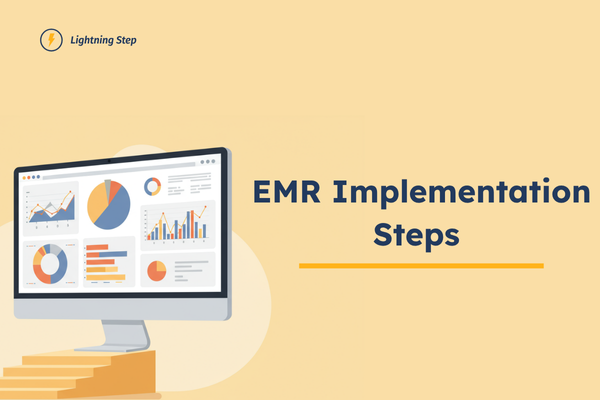
A behavioral health EMR transforms how you deliver care and manage your practice. But implementation requires careful planning and execution. This guide walks you through the essential steps to successfully integrate an EMR system into your behavioral health practice.
Paper-based systems create bottlenecks in documentation, billing, and care coordination. Staff waste hours searching for files, managing paperwork, and dealing with administrative tasks. Patient care suffers from delayed information sharing and incomplete records.
A behavioral health EMR eliminates these inefficiencies. You get instant access to patient records, automated documentation, and streamlined workflows. Care teams can collaborate effectively while maintaining HIPAA compliance.
As discussed in our article about implementing a new EMR, digital transformation helps practices reduce costs, improve outcomes, and provide better patient experiences.
Start with a thorough needs analysis. Map out your current processes:
Identify pain points and inefficiencies in these areas. Consider your practice size, specialties, and growth plans. Review compliance requirements for your state and insurance partners.
Key selection criteria include:
Research vendors thoroughly. Request demos and talk to current users. Compare different EMR solutions to find the best fit for your practice.
Staff buy-in determines implementation success. Create a training plan that includes:
On-site training often works best for initial implementation. Follow up with online resources and refresher sessions.
Plan your integration strategy carefully:
Consider using an all-in-one solution that combines EMR, CRM, and billing functions to reduce integration complexity.
Monitor system performance and gather feedback. Track key metrics:
Use insights to refine workflows and maximize system benefits. Regular updates and optimization keep your EMR running efficiently.
Implementing a behavioral health EMR takes time and effort, but the benefits make it worthwhile. Focus on thorough planning, staff training, and continuous improvement.
Ready to transform your practice? Contact us to learn how our specialized behavioral health EMR can streamline your operations and improve patient care.



